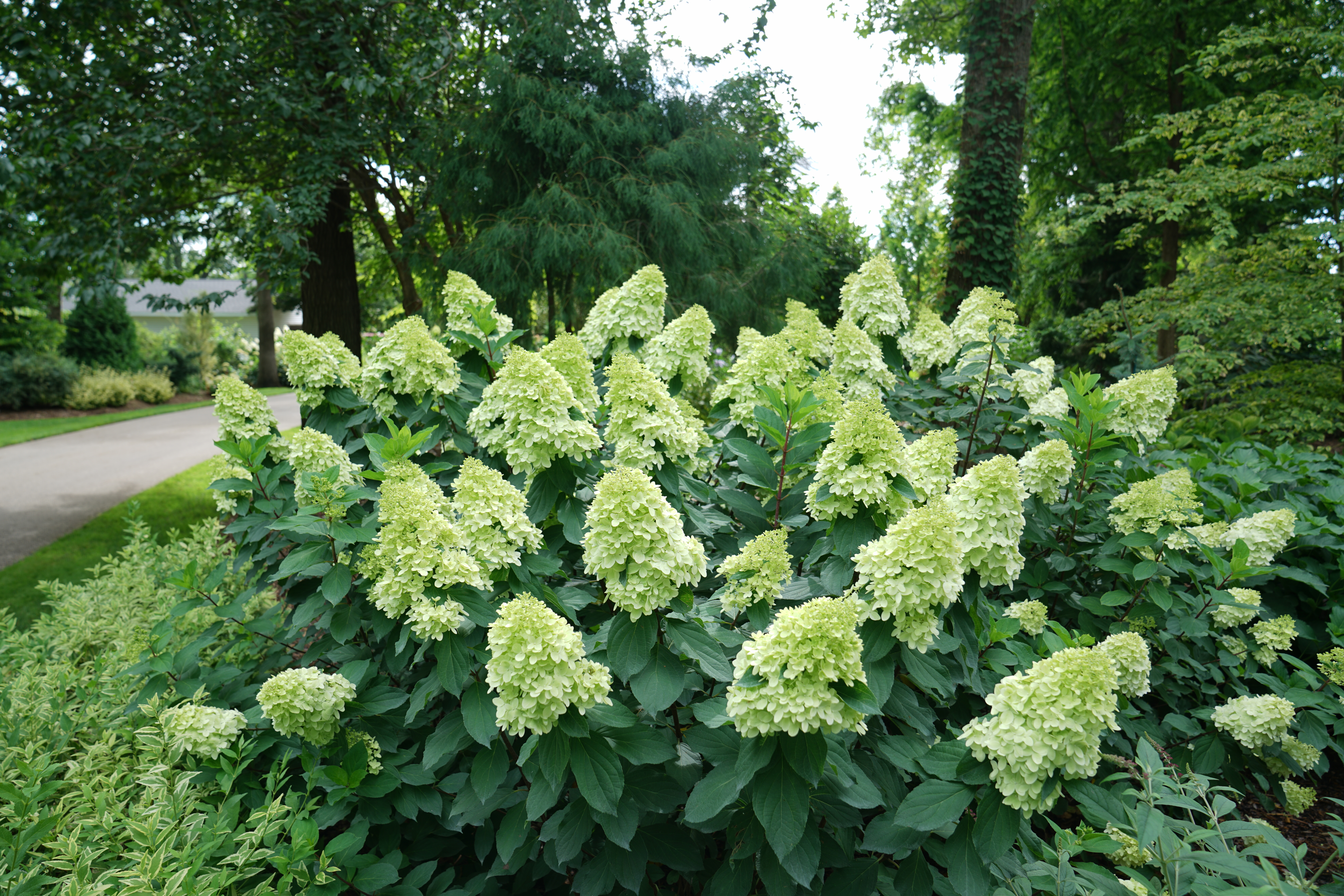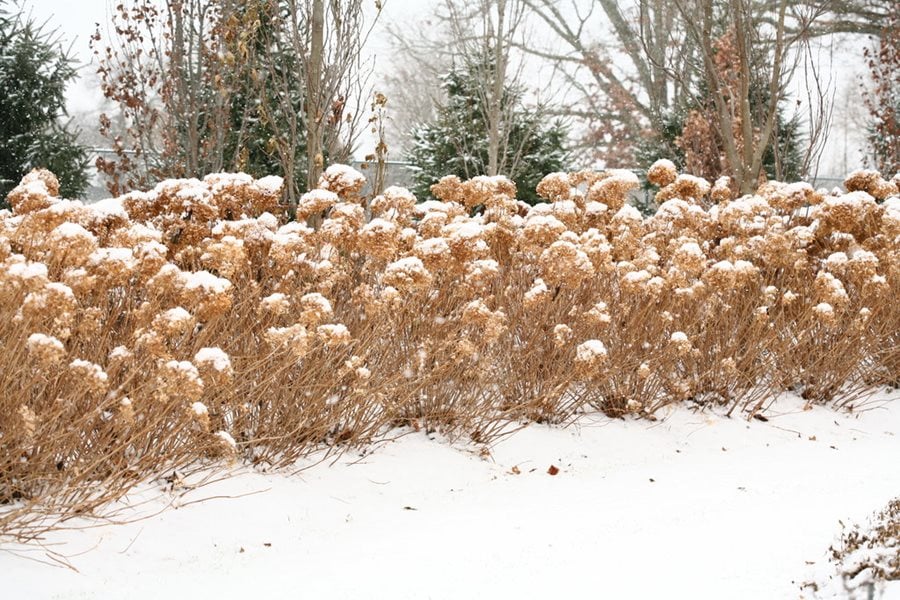Find Limelight Hydrangeas Near You: A Complete Guide
Limelight hydrangeas are one of the most popular hydrangea varieties, known for their large, cone-shaped blooms that can grow up to 12 inches in diameter. They are also relatively easy to care for, making them a great choice for beginner gardeners.
If you are looking for limelight hydrangeas near you, there are a few different ways to find them. You can:
- Check with local nurseries and garden centers. Many nurseries and garden centers carry a variety of hydrangeas, including limelight hydrangeas. You can usually find them in the spring or fall, when hydrangeas are typically in season.
- Search online. There are a number of online retailers that sell limelight hydrangeas. You can often find them at a discounted price online, compared to brick-and-mortar stores.
- Contact local plant societies or gardening clubs. These organizations often have members who are willing to share or sell their plants. You can also ask them for recommendations on where to find limelight hydrangeas in your area.
Once you have found a source for limelight hydrangeas, you will need to choose the right location for them in your garden. Limelight hydrangeas prefer full sun to partial shade, and they need well-drained soil. They are also relatively drought-tolerant once established.
When planting your limelight hydrangeas, dig a hole that is twice as wide as the root ball. Amend the soil with compost or other organic matter, and plant the hydrangea at the same depth as it was growing in its pot. Water the hydrangea well after planting, and continue to water it regularly until it is established.
Limelight hydrangeas are relatively low-maintenance plants. You will need to water them regularly, especially during hot, dry weather. You should also fertilize them once a year in the spring with a balanced fertilizer.
In the fall, you can trim your limelight hydrangeas back to about 6 inches tall. This will help to promote new growth in the spring.
Limelight hydrangeas are a beautiful and versatile plant that can add a touch of elegance to any garden. With a little care, they will thrive for many years to come.
Are you looking for a beautiful and easy-to-grow hydrangea for your garden? If so, you might want to consider limelight hydrangeas. Limelight hydrangeas are known for their large, cone-shaped blooms that can grow up to 12 inches long. They start out as a pale green color in the summer, but they gradually turn to white, cream, and pink as they mature. Limelight hydrangeas are also very hardy, and they can withstand cold winters and hot summers.
If you're interested in learning more about limelight hydrangeas, I recommend visiting . This website has a wealth of information about limelight hydrangeas, including care tips, planting instructions, and a map of retailers that sell limelight hydrangeas near you.
FAQ of limelight hydrangea near me
1. What are limelight hydrangeas?
Limelight hydrangeas are a type of panicle hydrangea that is known for its large, showy blooms. The blooms start out as pale green in the spring, but they gradually transition to white, cream, and pink throughout the summer and fall. Limelight hydrangeas are relatively low-maintenance and can be grown in a variety of climates.
2. Where can I find limelight hydrangeas near me?
You can find limelight hydrangeas at most garden centers and nurseries. You can also search online for local nurseries that sell limelight hydrangeas. When choosing a limelight hydrangea, be sure to select a plant that is suited for your climate.
3. How do I plant limelight hydrangeas?
Limelight hydrangeas should be planted in full sun in cooler climates, and in partial shade in warmer climates. The soil should be well-drained and rich in organic matter. When planting, dig a hole that is twice as wide and as deep as the root ball of the plant. Backfill the hole with the native soil, and water the plant thoroughly.
4. How do I care for limelight hydrangeas?
Limelight hydrangeas are relatively low-maintenance plants. They need to be watered regularly, especially during the first year after planting. They should also be fertilized once a year in the spring with a balanced fertilizer. In the fall, you can prune limelight hydrangeas to remove any dead or damaged branches.
5. What are the common pests and diseases of limelight hydrangeas?
The most common pests that attack limelight hydrangeas are aphids, scale, and spider mites. These pests can be controlled with insecticidal soap or neem oil. The most common diseases that affect limelight hydrangeas are leaf spot and powdery mildew. These diseases can be prevented by watering the plants at the base and avoiding overhead watering.
Image of limelight hydrangea near me
This image shows a large limelight hydrangea in full bloom. The flowers are a vibrant pink color and are arranged in large, conical clusters. The leaves are a dark green color and provide a nice contrast to the flowers.
This image shows a limelight hydrangea planted in a garden. The hydrangea is surrounded by other flowers, such as roses and lilies. The hydrangea is the tallest flower in the garden and its blooms are a bright pink color.
This image shows a limelight hydrangea planted in a pot. The hydrangea is a smaller plant than the ones in the previous two images, but its blooms are just as vibrant. The hydrangea is placed on a patio or deck and is surrounded by other plants, such as succulents and cacti.
This image shows a limelight hydrangea in the fall. The flowers have faded to a pale pink color and the leaves are starting to turn orange and red. The hydrangea is still a beautiful plant in the fall, even though its flowers are not as vibrant as they are in the summer.
This image shows a limelight hydrangea in the winter. The leaves have fallen off the plant and the branches are bare. However, the hydrangea is still a recognizable plant, even in the winter. The shape of the plant and the size of its branches are still visible.




Post a Comment for "Find Limelight Hydrangeas Near You: A Complete Guide"